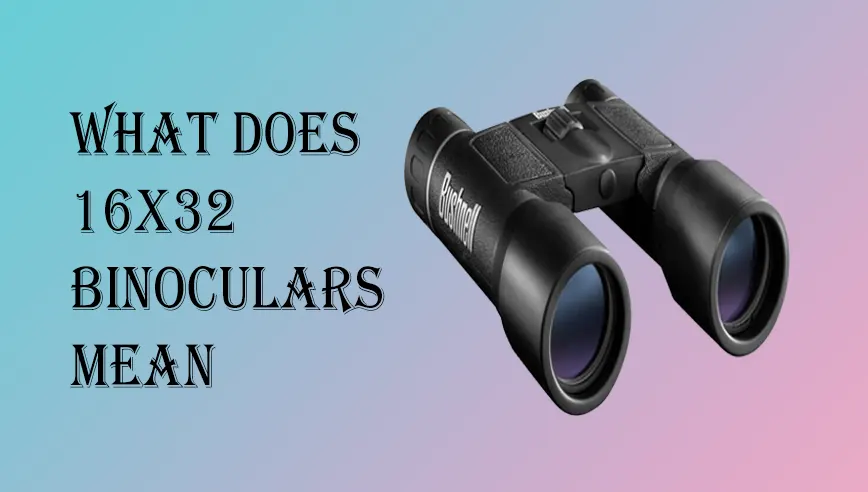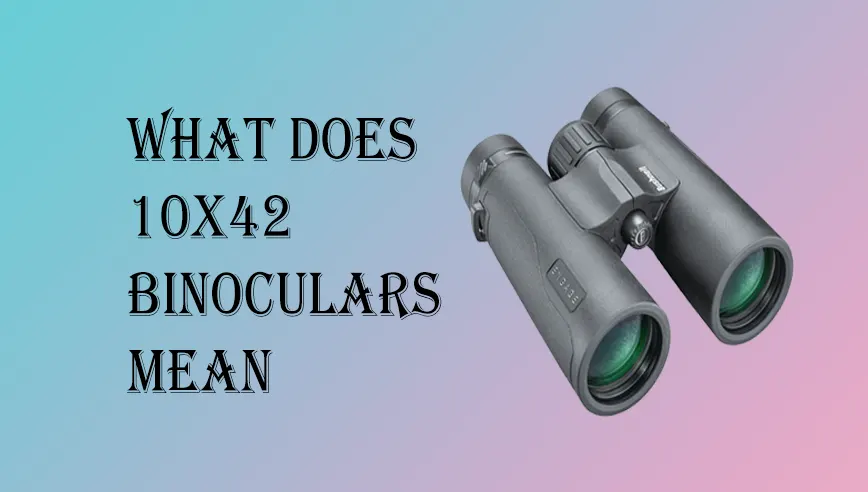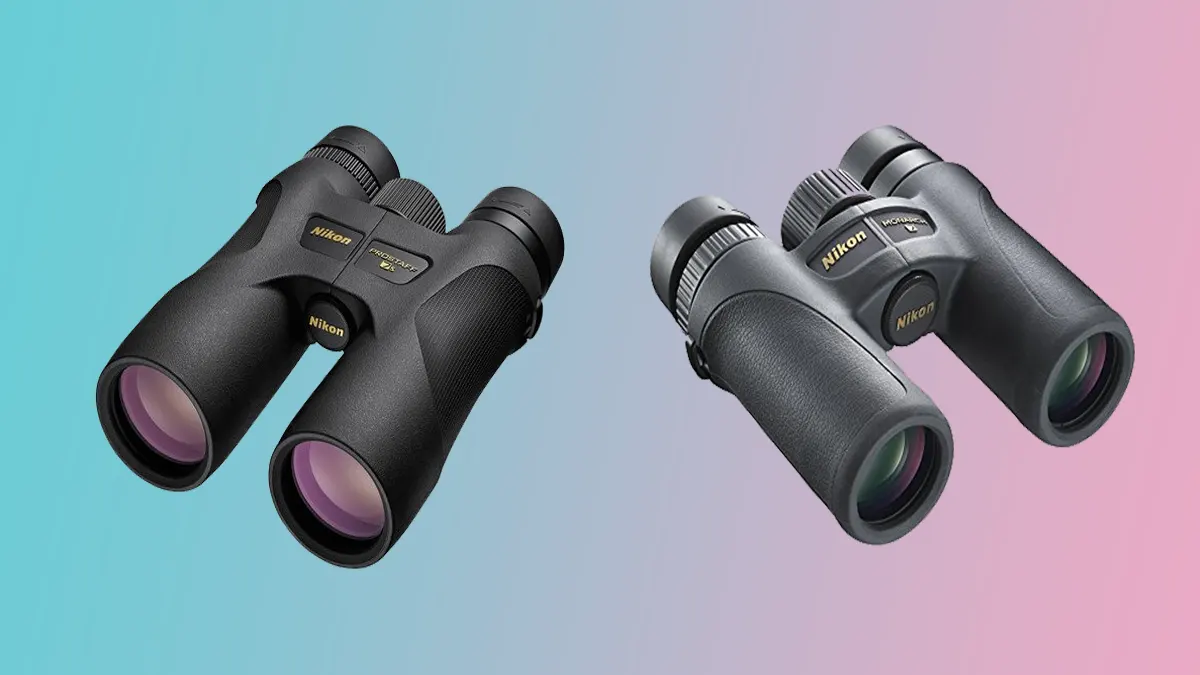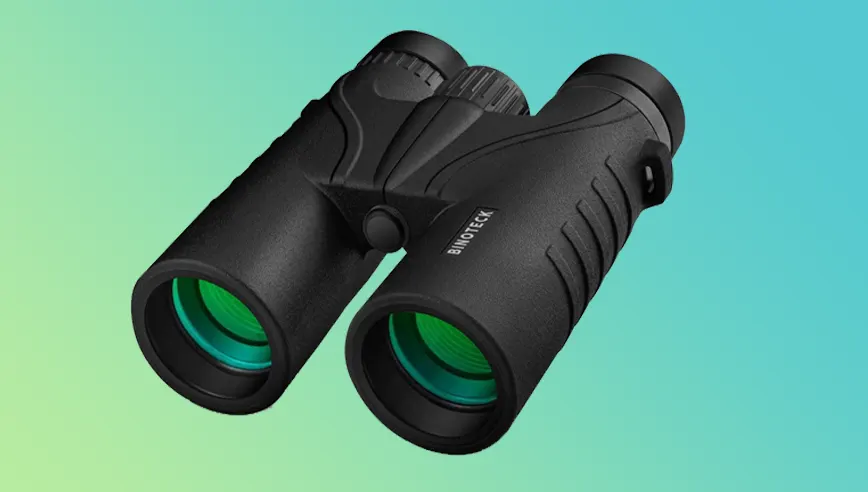If you’re looking to buy binoculars, you may have noticed the numbers 16x32 or 32x16 written on the packaging or in the item description. These numbers describe your binoculars' field of view or magnification, but what do they mean? What exactly do 16x32 binoculars mean, and how does it affect your viewing experience? Here’s everything you need to know about 16x32 binoculars and what they mean.
Related: What Does 10x42 Binoculars Mean
Related: What Does 7x50 Binoculars Mean
What do 16x32 binoculars mean:
The magnification is the first number in binoculars, such as 16x32. This means that the image you see through the binoculars will appear 16 times larger than it would to the naked eye. The second number, 32, is the objective lens diameter in millimeters. This is the measurement of the front lenses and is an important factor in determining how much light can enter the binoculars. A larger objective lens diameter means more light can enter, which results in a brighter image.
Related: What Does 7x35 Mean on Binoculars
Related: What Does 8x30 Mean In Binoculars
Related: What Does 8x32 Mean in Binoculars
Related: What Does 8x42 Binoculars Mean
How far can 16x32 binoculars see?
If you’re wondering how far 16x32 binoculars can see, the answer is that it depends on a few factors. First, let’s define what x means in this context. X is a measurement of the magnification power of the binoculars. The higher the magnification power, the farther away you’ll be able to see things with your binoculars. So, in this case, 16x means that the binoculars will make whatever you’re looking at appear 16 times closer than it actually is.
Related: What Does 10x50 Binoculars Mean
Related: What Does 20 x 50 Mean in Binoculars
What are 16x32 binoculars good for?
Suppose you’re looking for a versatile pair of binoculars that can be used for various activities. In that case, 16x32 binoculars are a good option. Camping trips, hunting bird watching, deep sky observation, target shooting, and outdoor activities or bow hunting 16x32 binoculars give you plenty of versatility and options regarding what you use them for.
They provide impressive detail in low light and dark environments with their high magnification capabilities. Still, they offer an outstanding field of view because they have a wide eye relief range. Their high power is usually coupled with an ultra-wide lens aperture, so there’s no need to constantly adjust focus. The result is bright images in any lighting conditions.
You Might Like These Too: Best Lightweight Binoculars For Bird Watching
Are 16x32 binoculars good for astronomy?
16x32 binoculars are a great option for anyone interested in astronomy. They offer a 16x magnification and a 32mm objective lens. This combination provides a good level of detail and light-gathering ability, making them well-suited for viewing the night sky.
Related: What Does 30x60 Binoculars Mean
Related: What Does 60 x 60 Binoculars Mean
16x32 Eye Relief and Exit Pupil Size:
16x32 binoculars provide 16x magnification and have an exit pupil size of 2mm. This means they can be used in low light conditions and provide a clear image. Eye relief is the distance between your eye and the eyepiece lens. This is a comfortable distance for most people and will allow you to see the entire field of view. For 16x32 binoculars, the eye relief is 14mm.
You Might Like These Too: Best Binoculars With Smartphone Adapter
Which are more powerful, 16x32 or 16x25 binoculars?
16x32 binoculars will be more powerful and will have greater magnification than 16x25 binoculars. The first number corresponds to the magnifying or zoom power, while the second is the objective lens diameter. In general, this means they can see things further away.
You Might Like These Too: Best Night Vision Binoculars Under $100





